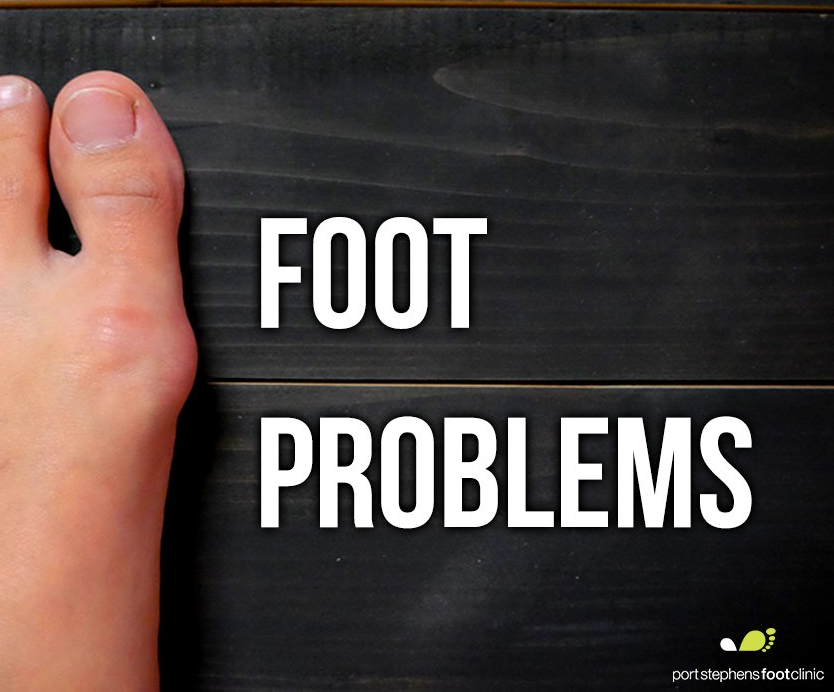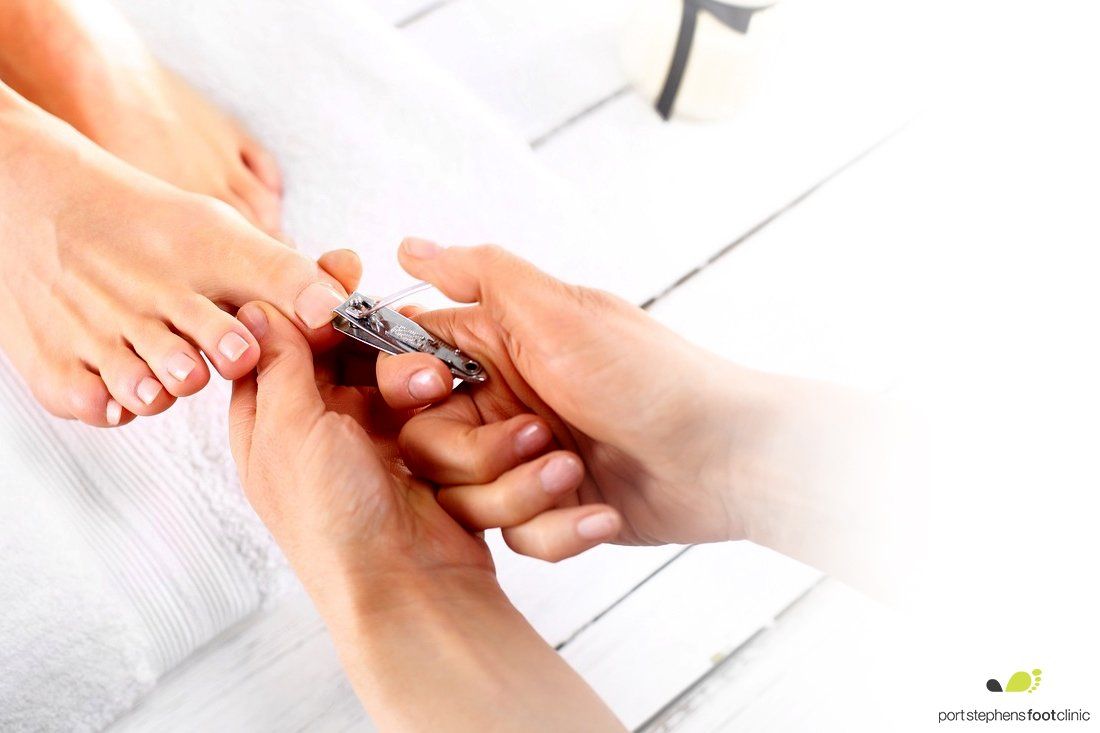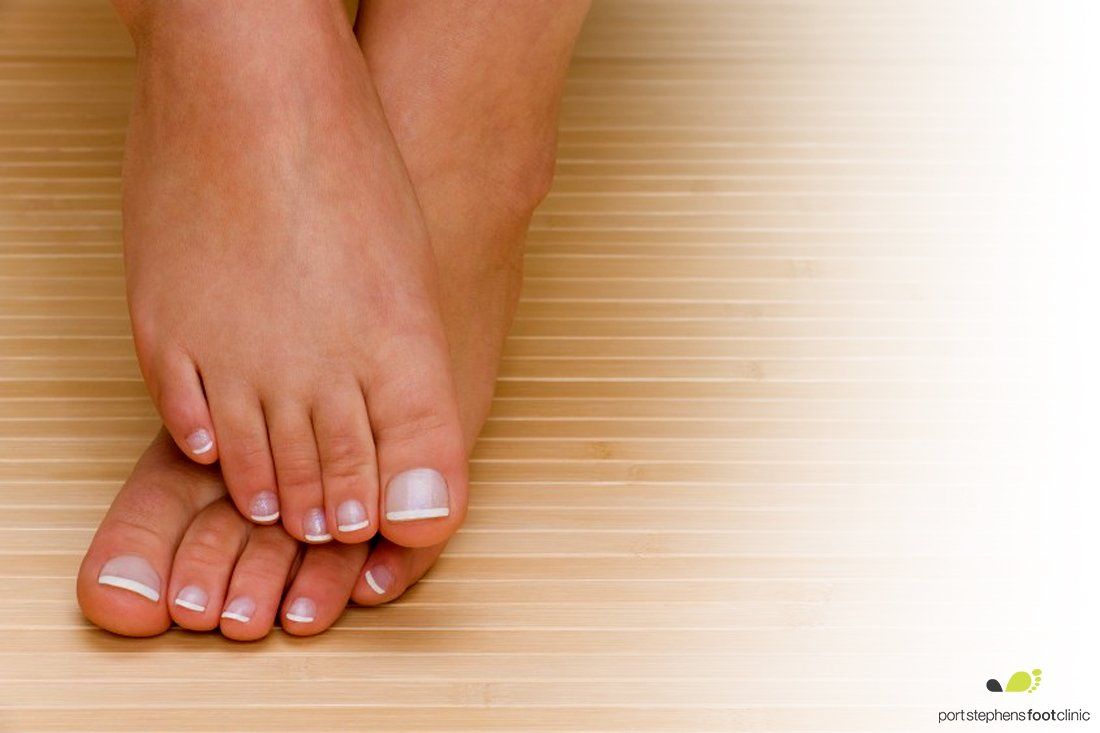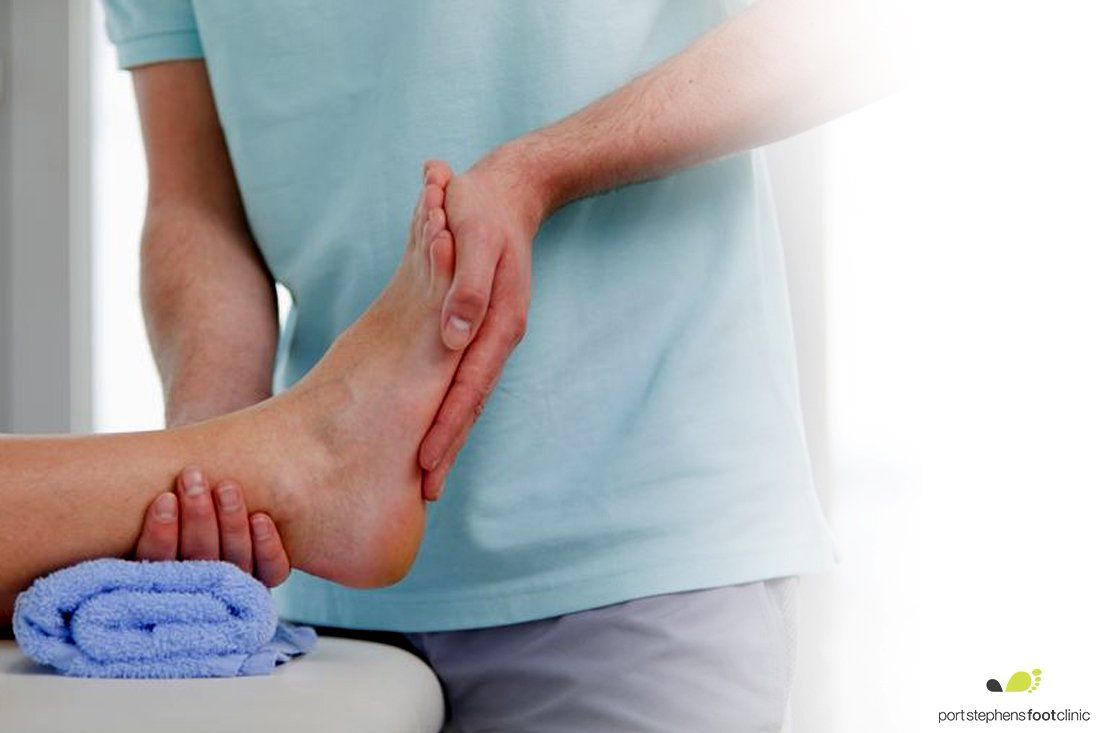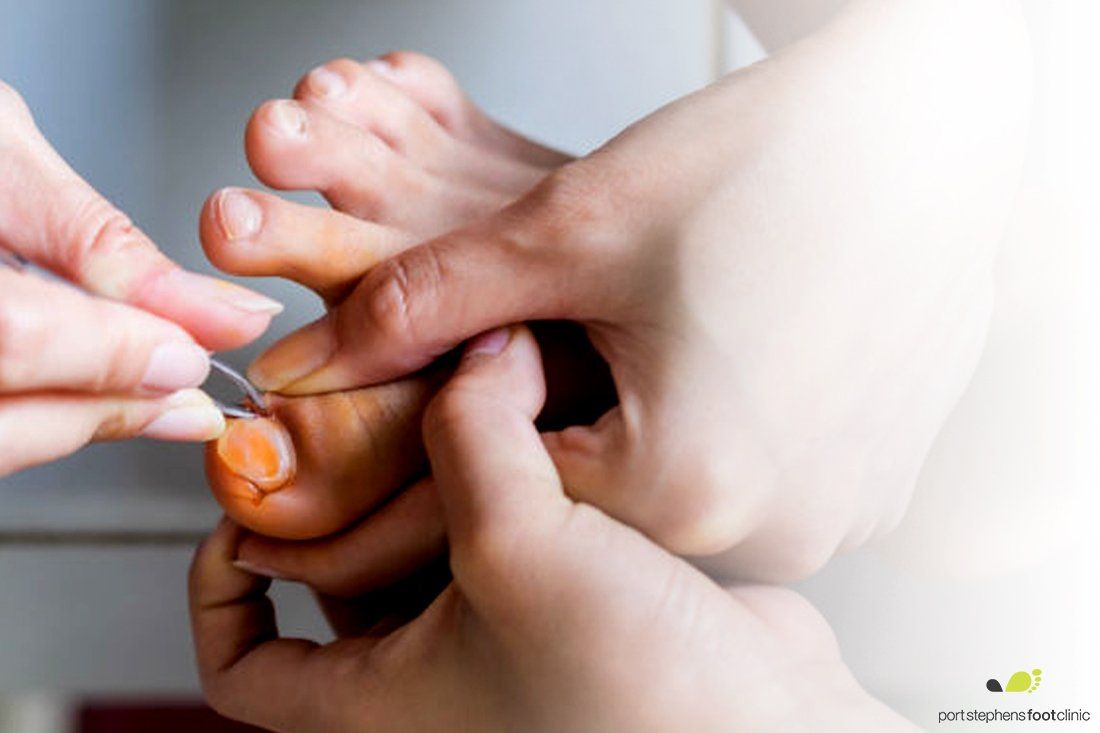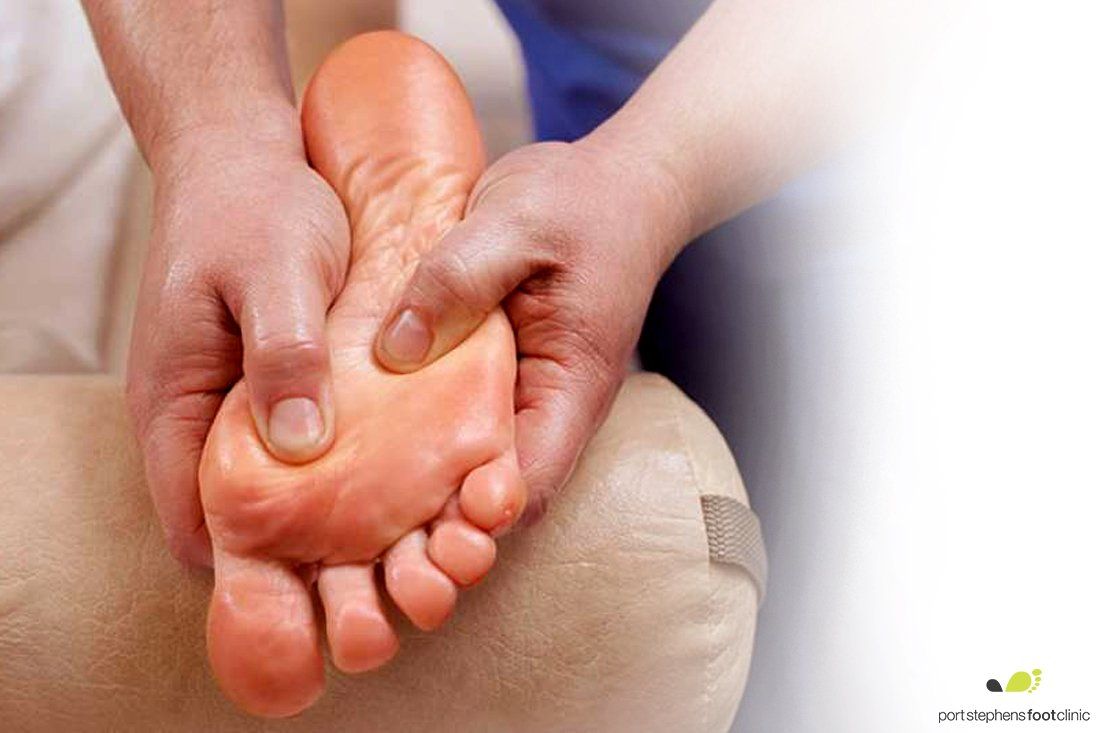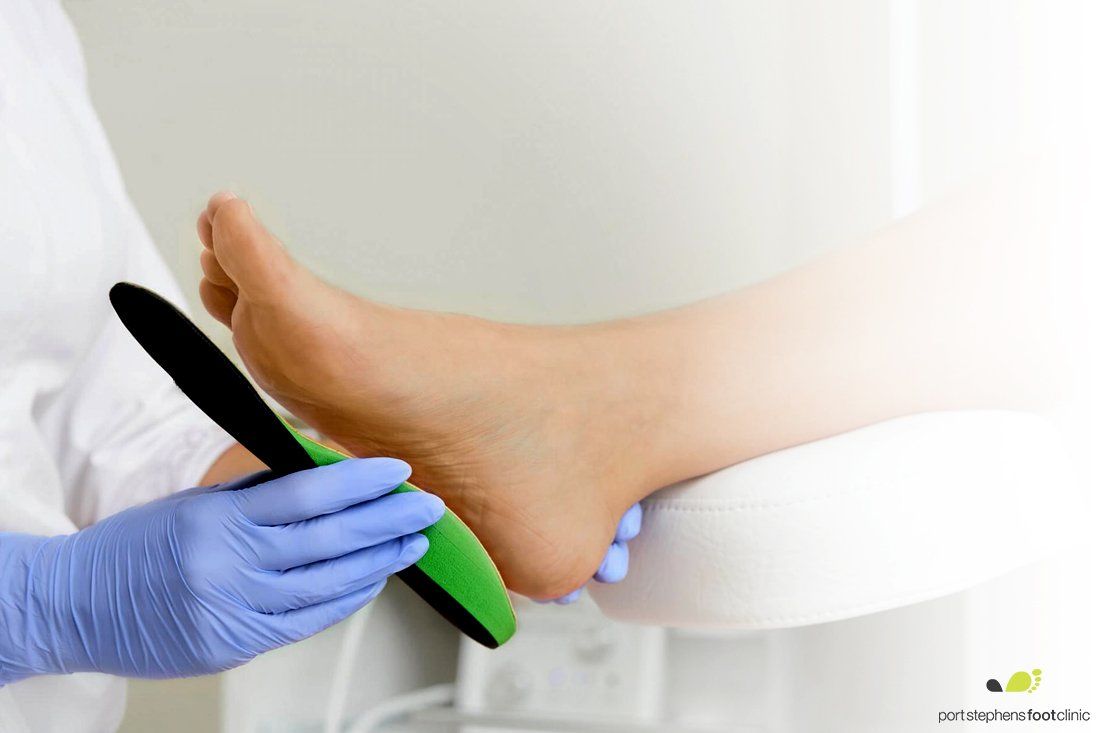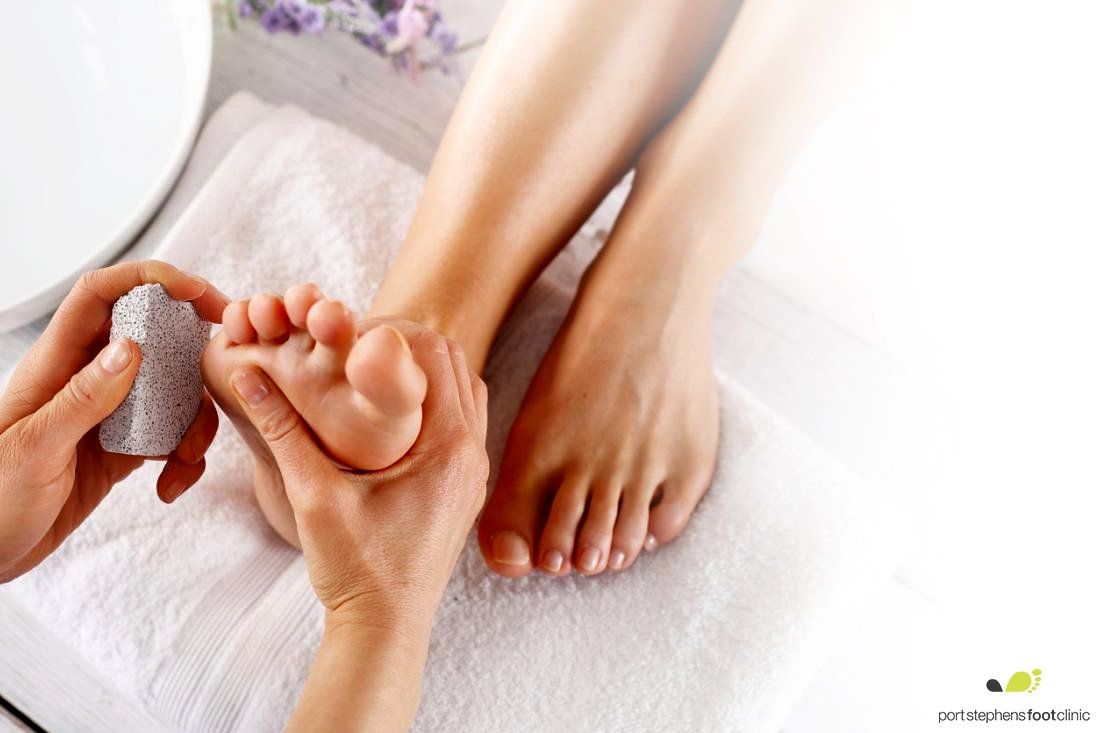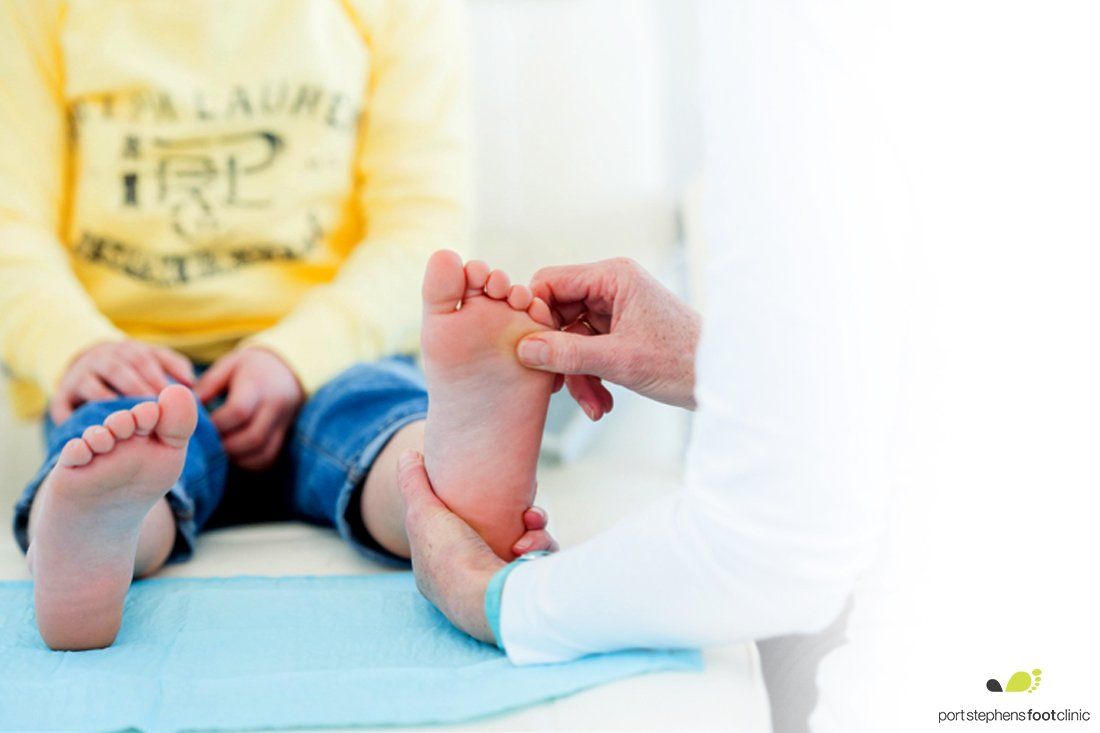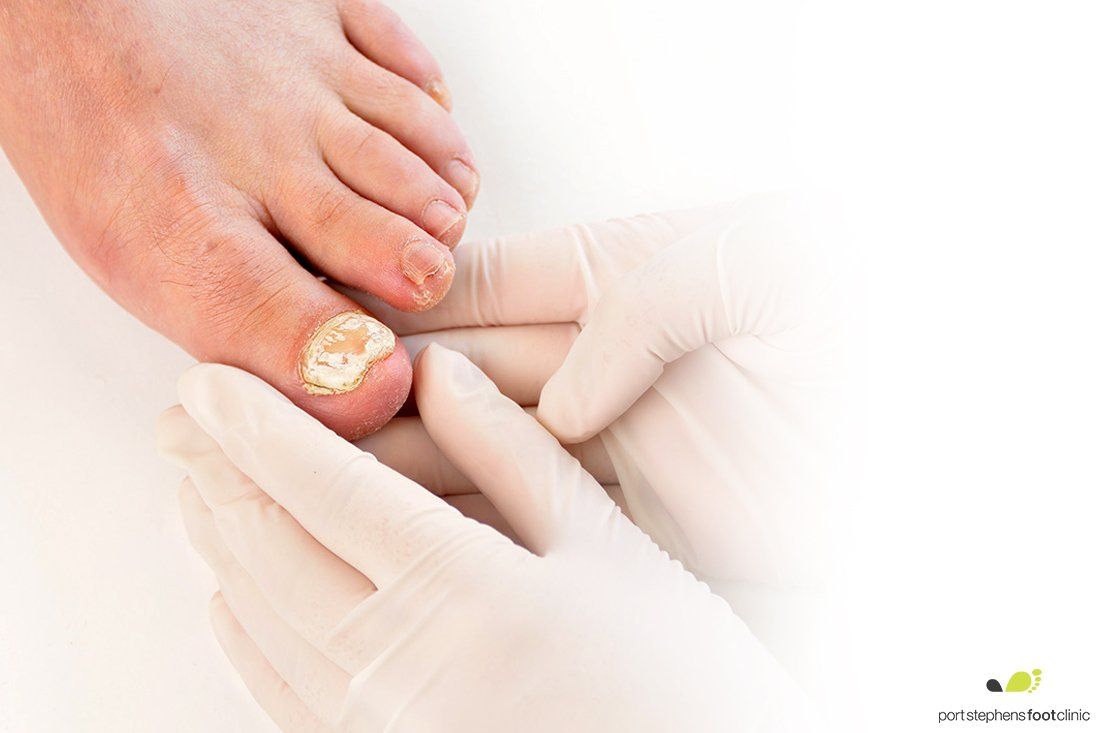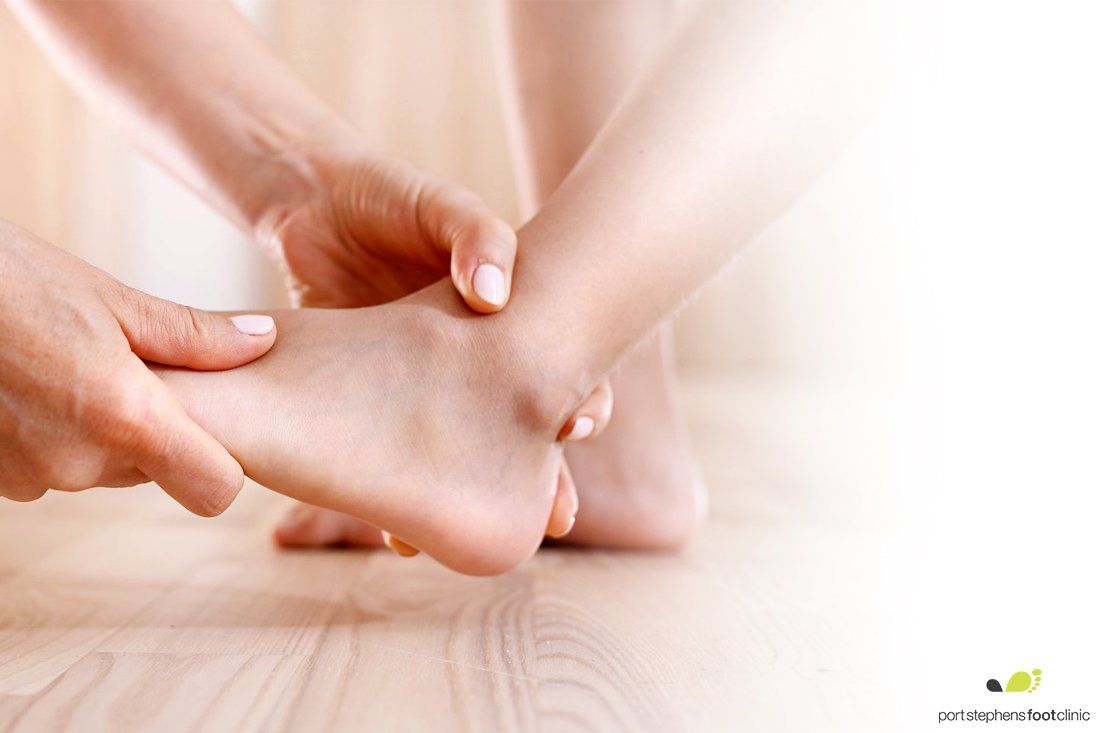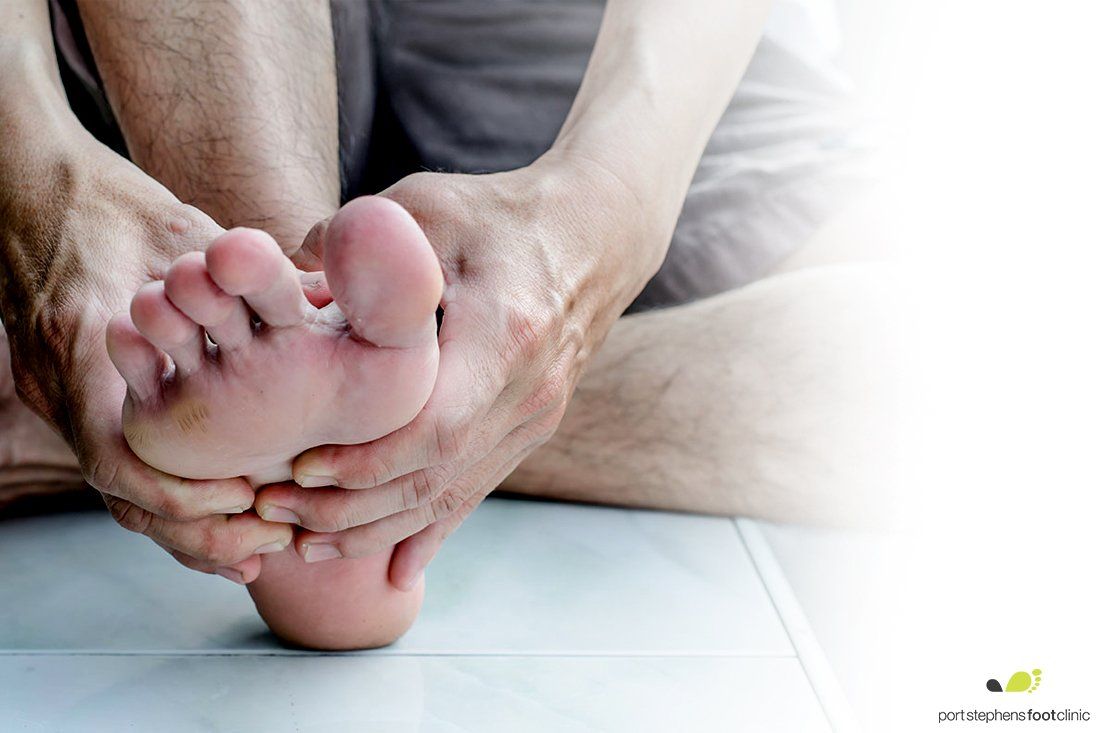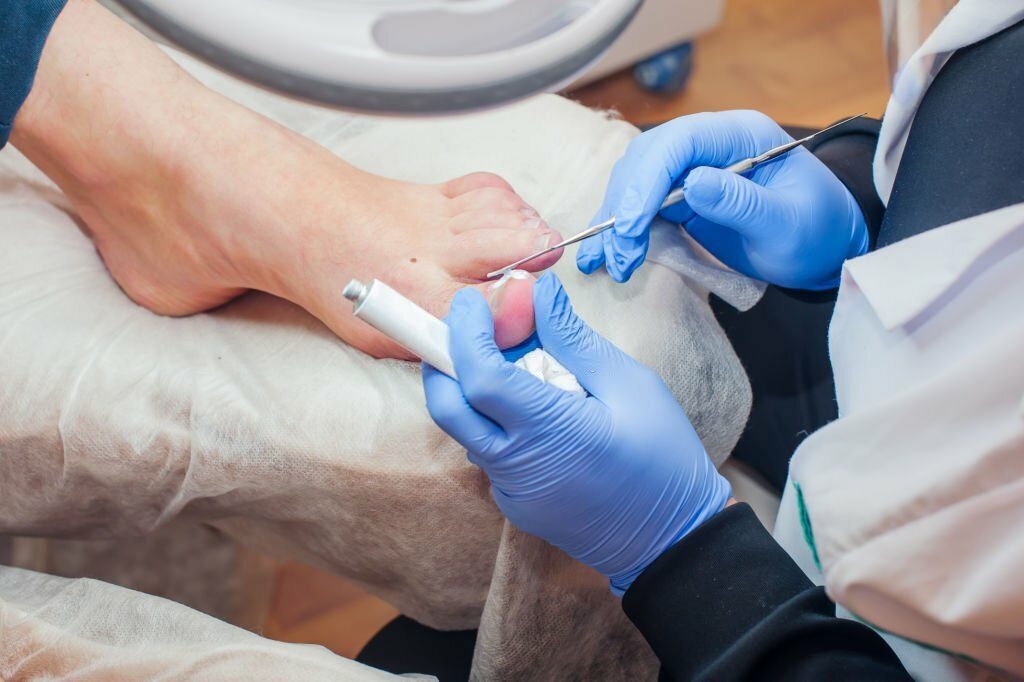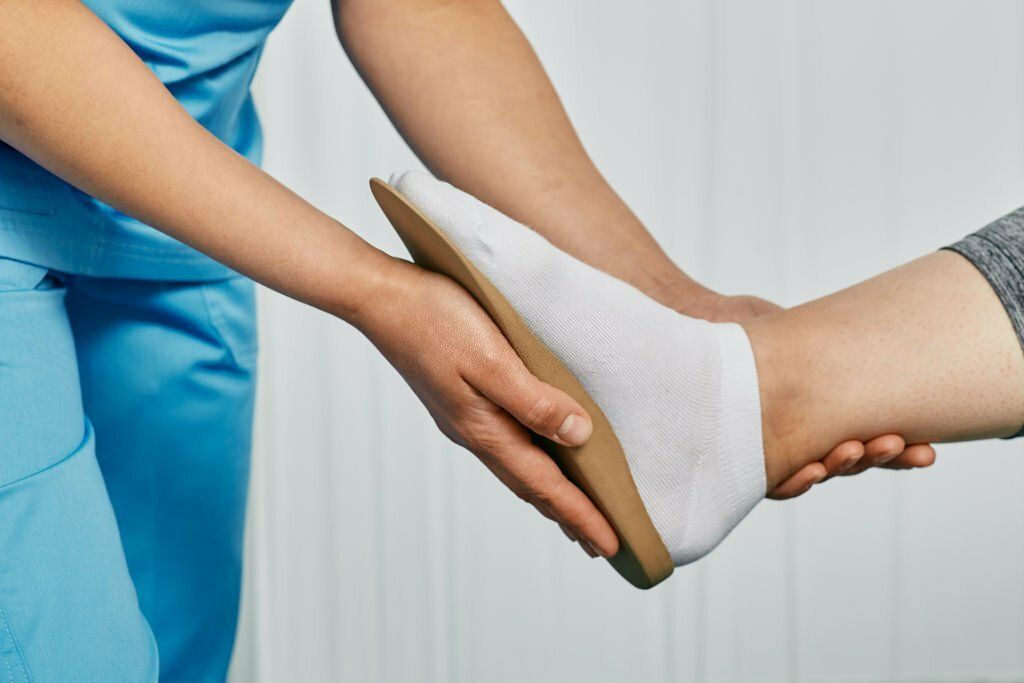Flat Feet
What are Flat Feet?
Flat Feet, also known as pes planus, is a common condition characterised by significantly flattened arches in the feet, causing the entire sole to touch the ground. It can affect one or both feet and often develops gradually, commonly attributed to weakened or stretched tendons. The arches of the feet typically offer support and shock absorption, but in individuals with Flat Feet, this natural structure is compromised. This condition may arise due to genetic factors, aging, injuries, or certain medical conditions. It is worth noting that while some individuals with Flat Feet may not experience any discomfort, others may encounter issues such as pain or swelling. Understanding these key points is crucial for recognising and addressing Flat Feet to ensure proper care and support for individuals facing this condition.
Flat Feet Risks
Flat Feet can potentially lead to various complications and risks, including:
- Foot Pain: Discomfort or pain in the arches, heels, or ankles.
- Misalignment: Changes in foot alignment may contribute to knee, hip, or lower back pain.
- Over pronation: Increased rolling of the foot inward while walking or running.
- Strain on Muscles: Tendons and muscles may face additional stress, causing fatigue.
Flat Feet Symptoms
It is important to notice the signs of Flat Feet early so we can help in time. Here are common things to look out for:
- Pain: You might feel pain in your arches, heels, or ankles, especially after standing for a long time or doing physical activities.
- Swelling: Your feet might look a bit puffy, especially on the inside.
- Difficulty in Footwear: It can be hard to find shoes that give enough support and comfort.
- Leg and Lower Back Pain: Because of the way your feet are, you might also feel pain in your legs or lower back. If you notice any of these signs, it's a good idea to talk to someone who knows about feet, like your doctor or a podiatrist. They can help figure out the best way to keep your feet feeling good.
Treatments for Flat Feet
Taking care of Flat Feet involves a mix of treatments and things to prevent issues:
- Orthotic Devices: These are special inserts for your shoes, and they can be custom-made just for you or bought over the counter. They help by giving extra support to your arches.
- Physical Therapy: This means doing specific exercises that aim to make your muscles stronger and improve how your feet sit.
- Proper Footwear: Wearing shoes that have good arch support and are cushioned is important. It makes sure your feet are well supported and comfortable.
- Weight Management: Keeping a healthy weight is essential. It helps reduce stress on your feet, making it easier for them.
- Medical Intervention: In serious cases, surgery might be considered. This is when other methods have not worked, and the issues are severe. But don't worry, your healthcare provider will discuss this with you if it's needed.
Schedule Your Appointment with a Podiatrist
If you are experiencing symptoms of Flat Feet or have concerns about your foot health, it is essential to consult with a qualified podiatrist. Our experienced team at Port Stephens Foot Clinic is dedicated to providing personalised and effective solutions for Flat Feet. Schedule your appointment today to take the first step toward healthier and happier feet.
Foot problems
How to fix Foot problems
Cutting Toenails
Cutting Toenails Newcastle Podiatry
Diabetes
We treat diabetic podiatry with a range of services and assessments
Heel Pain
Newcastle Heel Pain Podiatry
Ingrown Toenails
Ingrown Toenails Newcastle Podiatry
Plantar Fasciitis
Plantar Fasciitis Newcastle Podiatry
Custom Orthoses
Custom Orthoses Newcastle Podiatry
Corns and Callus
Corns and Callus Newcastle Podiatry
Bunions
Bunions Newcastle Podiatry
Children’s Feet
Children’s Feet Newcastle Podiatry
Fungal Nails
Fungal Nails Newcastle Podiatry
Heel Pain in Children (Calcaneal Apophysitis)
Heel Pain in Children (Sever's Disease) Newcastle Podiatry
Achilles Tendonitis
Achilles Tendonitis Newcastle Podiatry
Plantar Warts
Plantar Warts Newcastle Podiatry
Sesamoids
Sesamoids Newcastle Podiatry
Foot Pain
Read MoreCorn & Callus Removal
Read More- Port Stephens Foot Clinic Lemon Tree Passage Location 1061 Lemon Tree Passage Rd, Tanilba Bay NSW 2319, Australia
- Port Stephens Foot Clinic Medowie Location 28A Ferodale Rd, Medowie NSW 2318, Australia
- 1/199 Adelaide Street Raymond Terrace 2324 Raymond Terrace, 1/199 Adelaide St, 2324, NSW, Australia
- Port Stephens Foot Clinic Lambton Location 94 Elder St, Lambton, NSW, Australia
- Port Stephens Foot Clinic Kurri Kurri 110B Lang St, Kurri Kurri, 2327, NSW, Australia
© Copyright 2025 | All Rights Reserved | Port Stephens Foot Clinic



